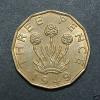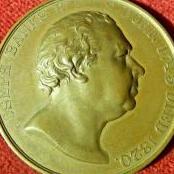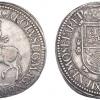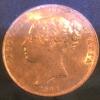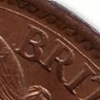At the end of the day, Blake, it's up to each collector to decide and set their own personal parameters, which may, in each individual case, increase or decrease over time. When I first started collecting pennies seriously, nearly 10 years ago now, I never imagined I would develop such a completist mindset during the intervening period. At that point, I would have said that one decent 1908 (for example) would have been enough. But as my interest deepened, so did the completist side. I suppose if something is worth doing, then it's worth doing well - and you only succeed by relentless pursuit of your ultimate objective.
With regard to the different types and their popularity/notoriety, the clincher is what has charisma, and what doesn't. As you say, the 1890 dropped 90, is arguably a type in and of itself. Certainly recognised by Gouby, as we know. But not one which attracts a lot of attention. Conversely the 1934 missing waves, creates a bit more fuss. Moreover, you only have to look at what brings in the big money. Compare and contrast the F90, 1877 narrow date penny with an 1881H Freeman 103. The 103 is probably rarer than the F90, but head to head at auction, we both know the F90 is going to draw in the greater number of punters and get the most money. Probably because it's instantly recognisable.
If a die No 1 under date ever does appear, it'll no doubt fetch in excess of £20k. Although maybe there isn't a Die No 1. Perhaps they considered the normal dies to be "No 1" and started at No 2.
All very interesting and worthy of discussion.
 Coinpublications.com
Coinpublications.com
